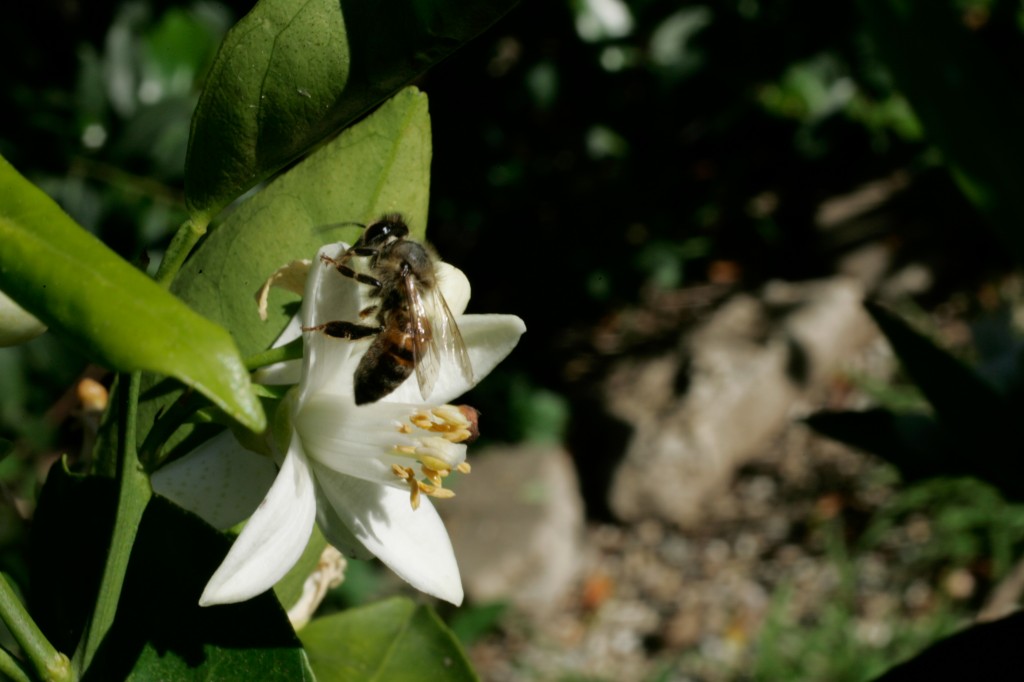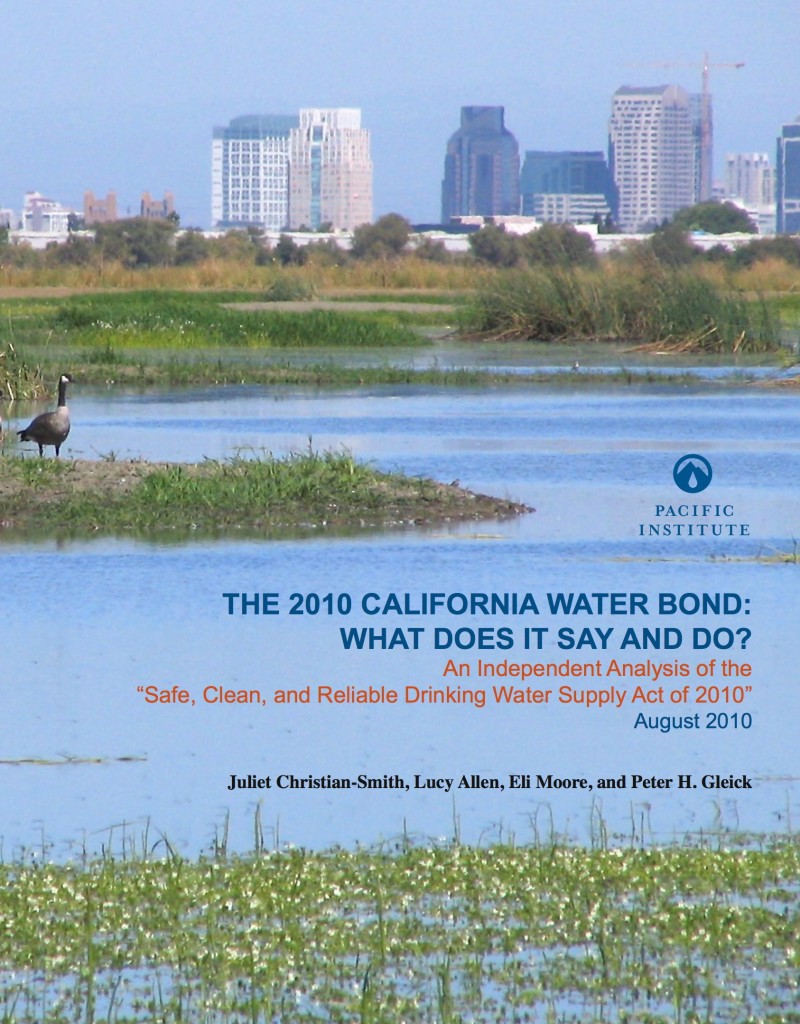The week that was, 8/1-7/2010
Posted on | August 8, 2010 | 2 Comments
“It is unprecedented …” — Major General Athar Abbas, Half a million evacuated from Pakistan floods, Daily Telegraph, August 6, 2010
“I appeal to the world to help us.” — Pakistani prime minister Yousuf Raza Gilani on floods now estimated to impact more than two million people, Rains worsen Pakistan flood misery, Al Jazeera, August 8, 2010*

Refugees from record monsoon flooding in Pakistan. Click on the image to make a donation to British Red Cross relief efforts. A £20 sterling donation will translate to roughly $32 US dollars.
“If we do not own the freshness of the air and the sparkle of the water, how can you buy them?” That’s an excellent question, but it turns out [Chief Seattle] never asked it. The entire “web of life” speech was concocted in 1972 by a Hollywood screenwriter. — H2Ownership: Ancient, Equitable Traditions of Efficient Water Resource Trading in Desert Cultures, Global Water Magazine, July 25, 2010*
“That blows me away. But in some ways it makes sense. Sequim is not a waterfront town.” — Sequim, Washington resident Pat McCauley on the news that instead of meaning “quiet waters,” the town’s Klallam language name means “place for going to shoot,” ‘Quiet waters’? Sequim means something else entirely, AP / Seattle Times, August 3, 2010
“It’s not cross-examination; it’s not testimony under oath. We took the best available science. It’s a term paper.” — Arthur Baggett, State Water Resources Control Board member on the resolution to adopt flow criteria for the Sacramento-San Joaquin Delta that would reduce water deliveries to urban and agricultural users across California by half, Delta water users dismiss call for steep cutbacks, Oakland Tribune, August 3, 2010
BP today completed cementing operations at the MC252 well at 14:15 CDT, as part of the static kill procedure. — British Petroleum press release, August 5, 2010
Click here to keep reading The week that was
The Dry Garden: Choosing fruit
Posted on | August 6, 2010 | 1 Comment
 Central to the promise of the California dream is the idea that you can reach out of your kitchen window and pluck a lemon. As we hit the limits of our water supply, that specter of home-grown fruit remains steadily possible, even a social ideal in the complex matrix of energy and water footprints.
Central to the promise of the California dream is the idea that you can reach out of your kitchen window and pluck a lemon. As we hit the limits of our water supply, that specter of home-grown fruit remains steadily possible, even a social ideal in the complex matrix of energy and water footprints.
In attaining it, the first hurdle is choice: What kind of lemon? What about oranges and limes? A modest lot in Los Angeles can produce full loads of not only citrus but also avocadoes, plums, apricots and nectarines. And don’t forget figs, pomegranates and apples. A long list only becomes longer when you consider the varieties and crosses available for each type of fruit. Valencia orange or blood? Eureka lemon or Meyer? Plum or “aprium”?
Choice of fruit trees is one of the most important decisions that you’ll make in a garden. You’ll be eating the results for years to come. So rather than wish that you had planted a Fuerte or Guatemalan avocado long after you planted a Hass, consider spending the weekend of August 14 at the Festival of Fruits sponsored by the Los Angeles Chapter of the California Rare Fruit Growers and Cal Poly Pomona Agriculture Department. Click here to keep reading this week’s Dry Garden column in the Los Angeles Times.
Tags: chance of rain > Emily Green > Los Angeles Times > Mediterranean gardening
Prop 18 analyzed by The Pacific Institute
Posted on | August 4, 2010 | No Comments

Click on the cover for a PDF file the Pacific Institute's analysis of Proposition 18, California's $11.1bn water bond
At the end of 2009, the California Legislature passed a series of water-related bills and at the same time approved a massive $11.14 billion bond [the “Safe, Clean, and Reliable Drinking Water Supply Act of 2010”] to fund a wide range of water projects and efforts. This is the largest water bond in 50 years, yet the costs and benefits of the bond have not been fully assessed by an independent organization. Until now, writes Pacific Institute president Peter Gleick in the San Francisco Chronicle.
This bond is to be voted on by California voters in November, as Proposition 18. The Governor recently proposed postponing the bond, but the Legislature has not yet taken the action required to have it pulled off of the November ballot.
Click here to keep reading Gleick’s City Brights column in the Chronicle, or click on the cover to be taken to the Pacific Institute’s analysis, which breaks down the bond according to what it says, how it compares with past bonds, what and who it benefits, and more.
August fully loaded
Posted on | August 3, 2010 | 1 Comment
 Wet gardens need grooming once a week. Dry ones demand attention once a quarter. To learn what to cut and when, do take the native plant maintenance courses offered this month at the Theodore Payne Foundation in Sun Valley or Rancho Santa Ana Botanic Garden in Claremont. Then, with all the time you’ve saved, join the wonderful Leigh Adams at the Los Angeles County Arboretum and Botanic Garden to learn how to make mosaics. The class stipulates that you make a birdbath. An oppressive stroke. Tile the town! There is no cheaper, prettier or more fun way to add color to a dormant garden. If none of that appeals, there are bird walks and bike rides in the newly compiled dry garden events calender for August.
Wet gardens need grooming once a week. Dry ones demand attention once a quarter. To learn what to cut and when, do take the native plant maintenance courses offered this month at the Theodore Payne Foundation in Sun Valley or Rancho Santa Ana Botanic Garden in Claremont. Then, with all the time you’ve saved, join the wonderful Leigh Adams at the Los Angeles County Arboretum and Botanic Garden to learn how to make mosaics. The class stipulates that you make a birdbath. An oppressive stroke. Tile the town! There is no cheaper, prettier or more fun way to add color to a dormant garden. If none of that appeals, there are bird walks and bike rides in the newly compiled dry garden events calender for August.
High good, low bad: Mead in July 2010
Posted on | August 1, 2010 | 6 Comments

Photograph: Pete McBride on the parched Colorado River delta, by Jonathan Waterman. Click on the image to be taken to Waterman's Colorado River Project.
During a recent discussion of water at the Aspen Institute’s Environment Forum in Colorado, former Secretary of the Interior Bruce Babbitt told a packed house: “The American Southwest is not one of those regions where there is water scarcity. It’s hard to believe, given all the hyping in the national and local and regional press.”
The audience and his copanelists–Sandra Postel, director of the Global Water Policy Project and freshwater fellow for the National Geographic Society, and Pat Mulroy, general manager of Southern Nevada Water Authority (overseeing Las Vegas water)–were taken aback by these statements, writes Jonathan Waterman in the first of a series of Colorado River notes in National Geographic.
Throughout the Southwest, and particularly in a region that I know, the Colorado River Basin, the so called “water buffalos” (those who line their pockets with virtual water) commonly talk about this river as though it has not run dry. If only because the water continues to irrigate 2,000,000 acres of agriculture, run 336 miles into Phoenix and Tucson, 224 miles to Los Angeles, or under the Rockies toward Denver through no less than 12 tunnels. Click here to continue reading Waterman in National Geographic.
Meanwhile, the level of Lake Mead, the main storage reservoir on the Colorado, continues its inexorable drop. At the close of July it was 1,086.97 feet, the lowest that it has been for that month since Mead was filled in the 1930s. Click here for a full set of historical elevations from the federal Bureau of Reclamation.
Sunday’s normal news round-up, “The week that was,” will return next week. Watch Monday for the return of the California legislature and its vote on whether or not to leave the state’s $11bn water bond on the November ballot. On Monday, the Pacific Institute will be releasing an analysis of what the bond would accomplish. Click here for more information. For a full round-up of California water news, go to Aquafornia, the newsfeed of the Water Education Foundation, or to UC Berkeley’s On Water. For San Diego water news, try Groksurf’s San Diego. Or, for all things fresh water, do check in with WaterWired.
Tags: chance of rain > Colorado River > Emily Green > US Bureau of Reclamation



